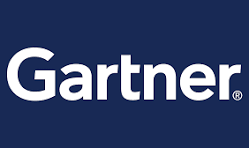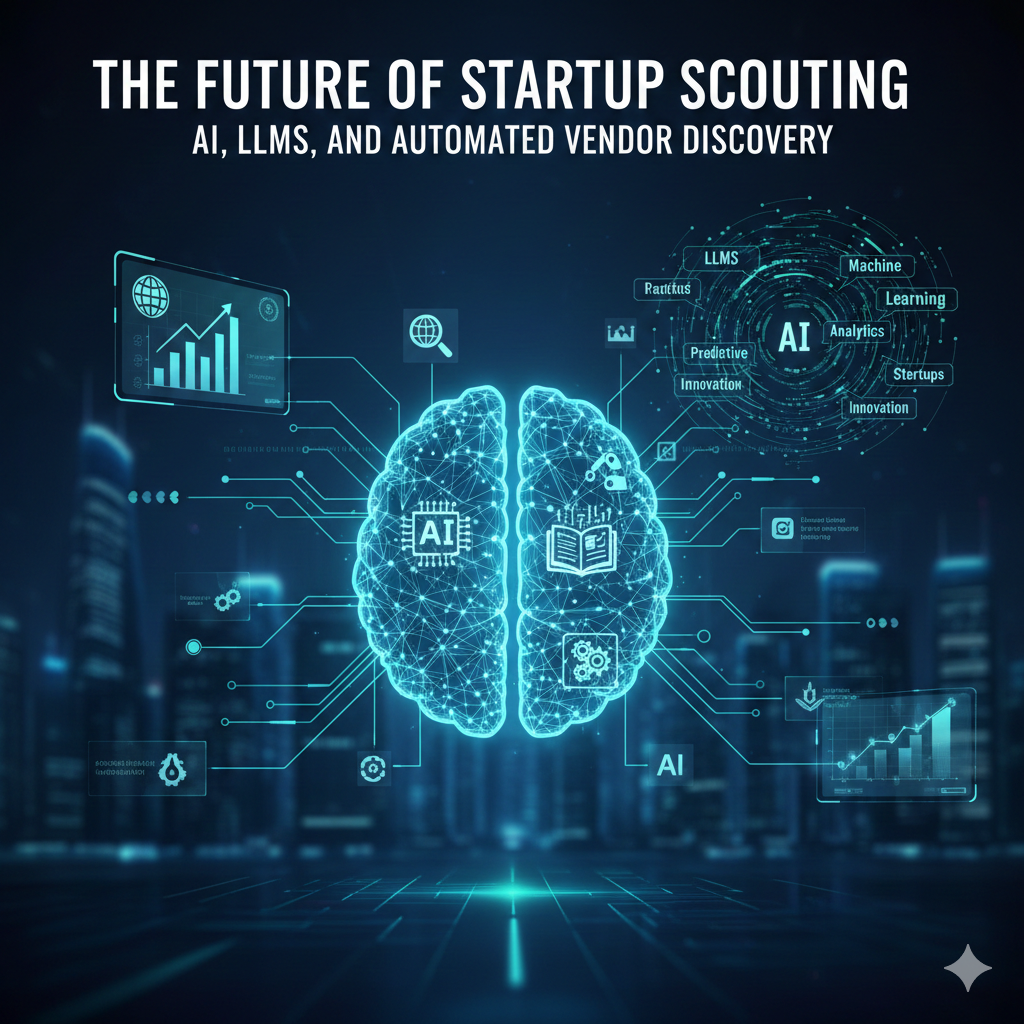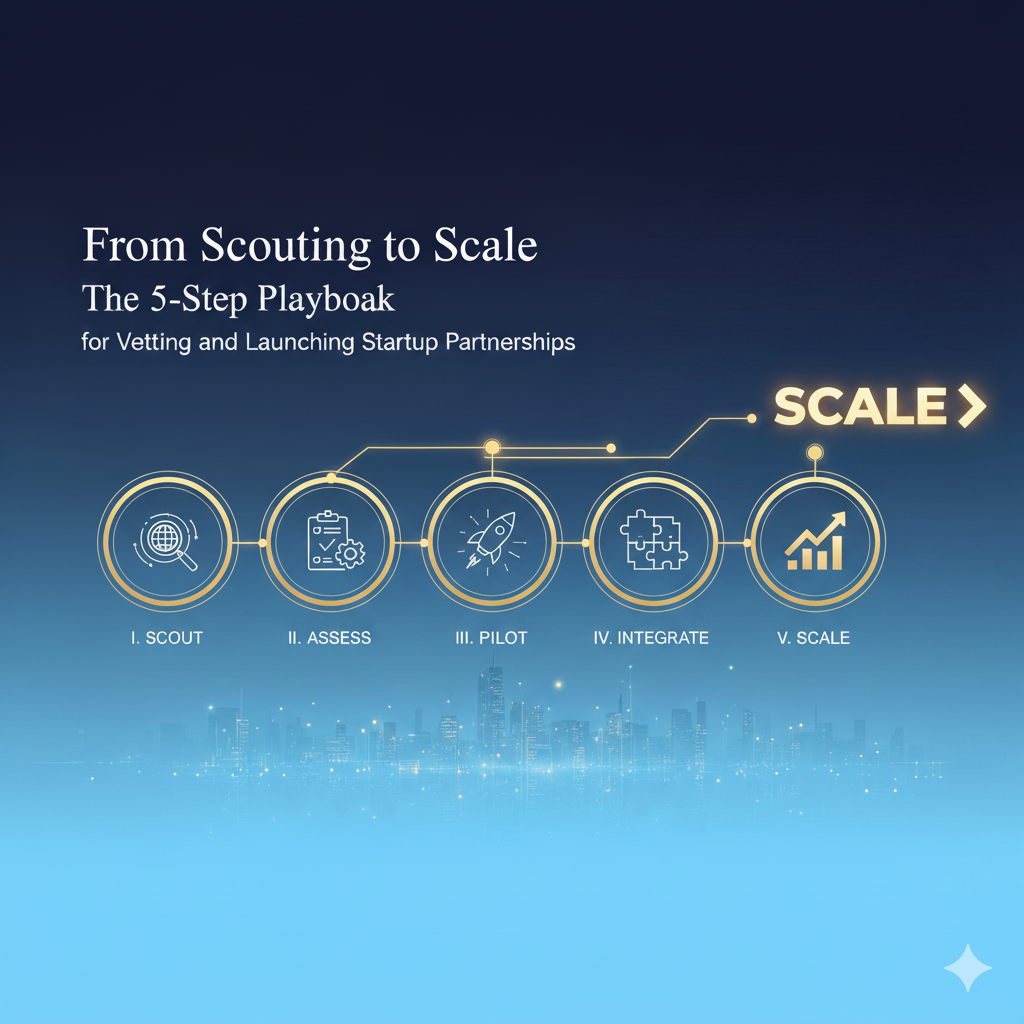Enterprise LLMs in Innovation Management: A Practical Framework for 2026
Large Language Models (LLMs) are reshaping how enterprise innovation teams discover opportunities, evaluate ideas, and scale new technologies across the business. While many companies are experimenting with generative AI, only a few have built a structured framework for using LLMs across the full innovation lifecycle.
This guide provides a practical, enterprise-ready model for evaluating, piloting, and scaling LLM capabilities — with clear use cases, KPIs, governance guidance, and a vendor checklist for 2026.
Why LLMs Matter for Enterprise Innovation Teams
LLMs are not simply another AI tool. They fundamentally change how organizations research, evaluate, and operationalize innovation:
- Dramatically reduce time spent on research, evaluation, and landscape scanning
- Standardize idea and vendor evaluations across global business units
- Identify patterns, duplicates, and gaps humans typically miss
- Improve decision speed and quality
- Unify insights across scouting, ideas, trends, and internal knowledge
LLMs offer both productivity gains and strategic advantage.
Top LLM Use Cases in Innovation Management
1. Idea Management & Evaluation
LLMs strengthen idea pipelines by enabling:
- Automated tagging
- Idea clustering
- Duplicate detection
- More consistent evaluation inputs
Learn more about our approach to idea management here
2. Startup & Technology Scouting
LLMs accelerate scouting through:
- Automated vendor discovery
- Landscape analysis
- Side-by-side comparisons
- Faster long list → short list conversion
3. Trend & Opportunity Reports
LLMs generate:
- Trend summaries
- Market insights
- Opportunity maps
- Competitive and risk signals
This can reduce weeks of research down to minutes.
4. Internal Knowledge Retrieval
LLMs make it easier for teams to leverage:
- Prior evaluations
- R&D findings
- Pilot history
- Technical documentation
A Practical Framework: Evaluate → Pilot → Scale
Phase 1: Evaluate
Key questions:
- What problem are we solving with LLMs?
- Where can LLMs improve speed or consistency?
- What data/workflows must connect?
- What are the governance constraints?
Recommended KPIs:
- Time saved per task
- Reduction in manual effort
- Consistency of idea evaluations
- Insights generated per project
Phase 2: Pilot
Run focused pilots in areas like:
- Idea evaluation
- Startup scouting
- Trend reporting
- Knowledge retrieval
Pilot KPIs:
- Evaluation consistency
- Faster long-list → short-list
- Throughput of ideas reviewed
- Employee engagement (if tied to Idea Management)
Phase 3: Scale
Expand LLM use across:
- Business units
- Regions
- R&D
- Innovation partners
Scaling KPIs:
- Number of teams using LLM workflows
- Time-to-pilot improvements
- Reduction in duplicate scouting
- Cross-business opportunity discovery
Governance: What Enterprises Must Get Right
Before scaling, align on:
- Data security + permissioning
- Internal data handling rules
- Evaluation transparency
- Role-based access
- Guardrails to prevent hallucinations
Governance ensures trust and adoption.
LLM Vendor & Platform Checklist (2026)
Use this when evaluating tools:
- Mature idea management workflows
- AI tagging, clustering, and duplicate detection
- Integrated startup/technology scouting
- Automated trend and opportunity reports
- SOC 2 compliance
- Enterprise-grade role-based access
- Customizable taxonomies
- Unlimited view-only access
- No-code configuration
- Easy data migration
- Fast deployment
- Transparent model outputs
- Strong governance controls
What’s Coming Next (2026–2028)
Expect major advances in:
- Multi-agent AI workflows
- Predictive insights combining internal + external data
- Automated opportunity maps with ROI estimates
- LLM copilots embedded across evaluation and scouting
- AI-driven benchmarking vs. peers and competitors
Teams that build now will scale fastest.
How Traction Technology Helps
Traction Technology delivers an AI-powered platform built specifically for enterprise innovation:
- Mature Idea Management with automated tagging, clustering, and duplicate detection
- AI-driven Startup Scouting
- Automated Trend & Opportunity Reports
- Integrated SRM to move ideas and vendors toward pilots
- SOC 2 compliance and enterprise security
- Unlimited view-only access
- Preferred tiered pricing
- Free setup, data migration, and ongoing support
👉 See Which AI Startups Fit Your Requirements (Free)
Start with a curated, data-driven shortlist tailored to your needs.
The Power of Technology Scouting with Traction AI
Key Features & Benefits:
With our platform, innovation teams can:
- 🔍 Scout and evaluate emerging technologies in minutes
- 📊 Access AI-powered insights to make data-driven decisions
- 🤝 Collaborate seamlessly across teams and business units
- 🚀 Accelerate pilots and scale solutions that drive real business impact
👉 New: Experience Traction AI with a Free Test Drive — no scheduling a demo required.
Try Traction AI for Free →
Or, if you prefer a guided experience:
Book a Personalized Demo →
Related Resources:
Technology Trends to Watch in 2026
Awards and Industry Recognition
Recognized by Gartner as a leading Innovation Management Platform, Technology helps large enterprises drive digital transformation by streamlining the discovery and management of new technologies and emerging startups. Our platform, built for the needs of Fortune 500 companies, helps you save time, reduce risk, and accelerate your path to innovation.

See what our customer are saying on G2:

By accelerating technology discovery and evaluation, Traction Technology delivers a faster time-to-innovation and supports revenue-generating digital transformation initiatives.








.webp)